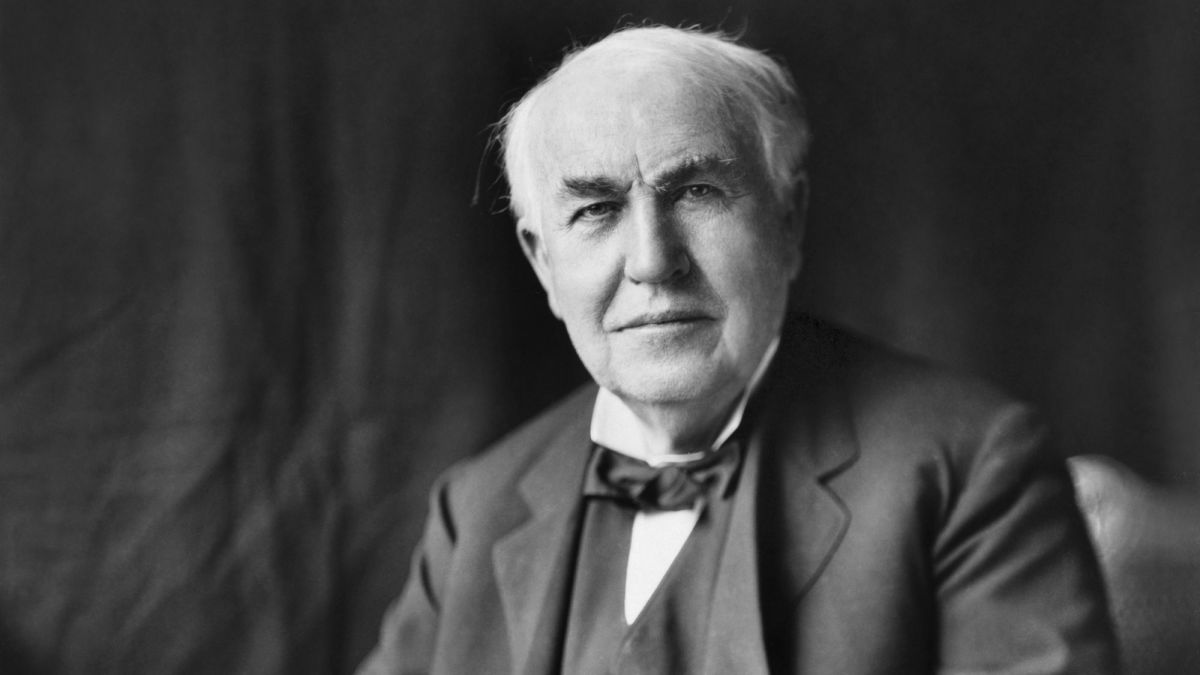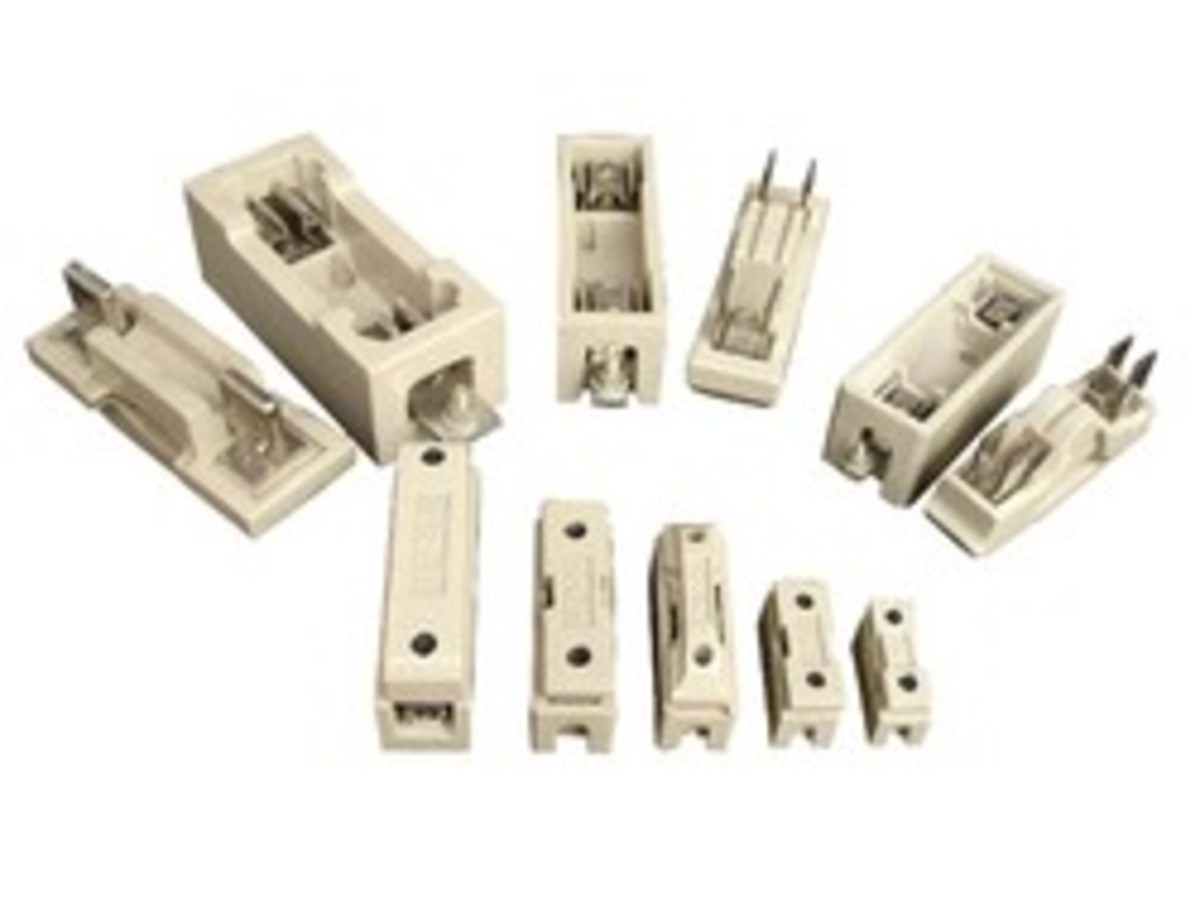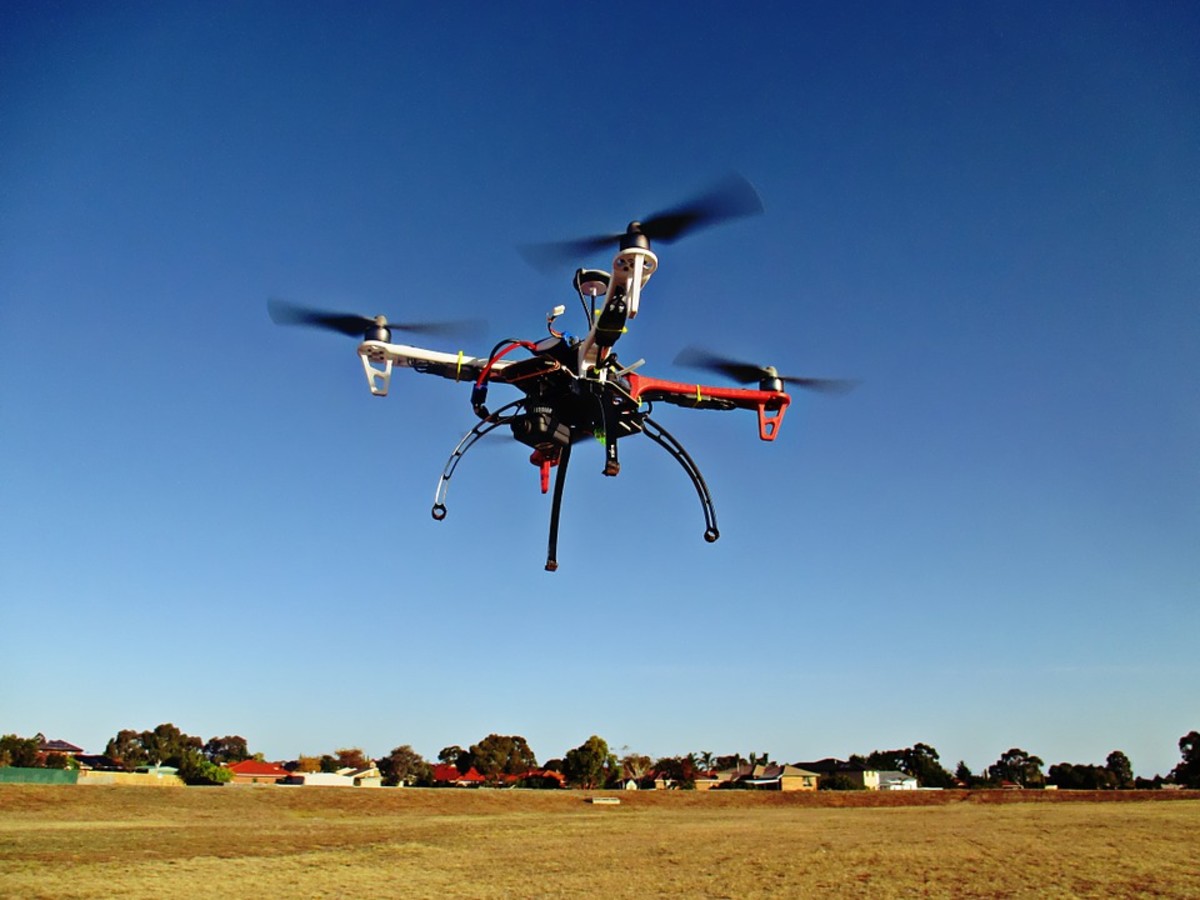Why Does Electrocution Hurt?
The Path of Least Resistance
I need to describe a bit about the body first. Signals to and from the brain travel down nerves - at least the type of signal I'm talking about. These include commands to move as well as reports of hot/cold, pain, touch, taste, smell, sight, and sound.
The way nerves work is by conducting small currents of electricity from your brain to wherever on the body - Let's use the hand as an example. If you want to close your hand, a signal is sent from your brain to your hand that causes the muscles to contract and your hand closes. That signal is sent through nerves. Your spinal cord is one big nerve and that's why people that break their neck are often paralyzed - because the signal can no longer be transmitted to close the hand. They often die because the signal from the brain to pump the heart can't be transmitted either and their heart stops beating properly. Nerves are like power cords to and from your brain, which makes them the path of least resistance.
I've heard many times that it isn't the volts that will kill you - it's the amps. Actually, it's a combination of both. The volts describe how hot the electrons are while the amps describes how many electrons there are. Think of it like pebbles rolling down a mountain. The volts tell you how high they are when they start to roll, the amps tells you how many pebbles are rolling. One pebble rolling down Everest isn't going to even hurt you, but an avalanche of pebbles on a small hill can still hurt you badly.
Another common misconception is the idea of a path of least resistance. Electrons would like to travel down a path of least resistance, but will take any path they can. If you grab onto a power line with both hands, most of the electricity will still travel through the line. Only a tiny fraction of that electricity will flow through you. Compared to metal, human flesh is a poor conductor. However, compared to air or rubber, human flesh is a great conductor, and nerves will be the path of least resistance.
When you stick your finger in a light socket, that electricity will travel through you instead, your nerves in particular. That's why when electricity travels through you, your muscles start behaving funny, the contact point of the electricity hurts like hell, and your heart can sometimes stop (or if you're in the ER and your heart has already stopped, they'll use electricity to start it again.).
When a signal is sent to your brain, only a fraction of your nerves are transmitting at once. Think of it like thousands of tiny cords bound together to make a big cord where the big cord is the part that travels from your hand to your brain. Only a fraction of the tiny cords are transmitting at any given moment. That's why there are different levels of pain - the more pain you're feeling, the more nerve endings are transmitting. That's why electricity hurts so bad - it causes a lot of nerve endings to transmit at once.

- http://www.youtube.com/watch?v=9tzga6qAaBA&feature=related
I couldn't embed the video, but you can still watch it.







